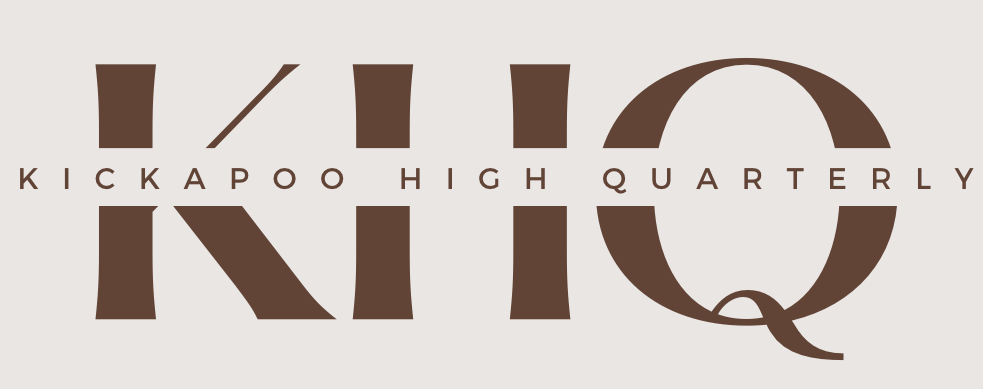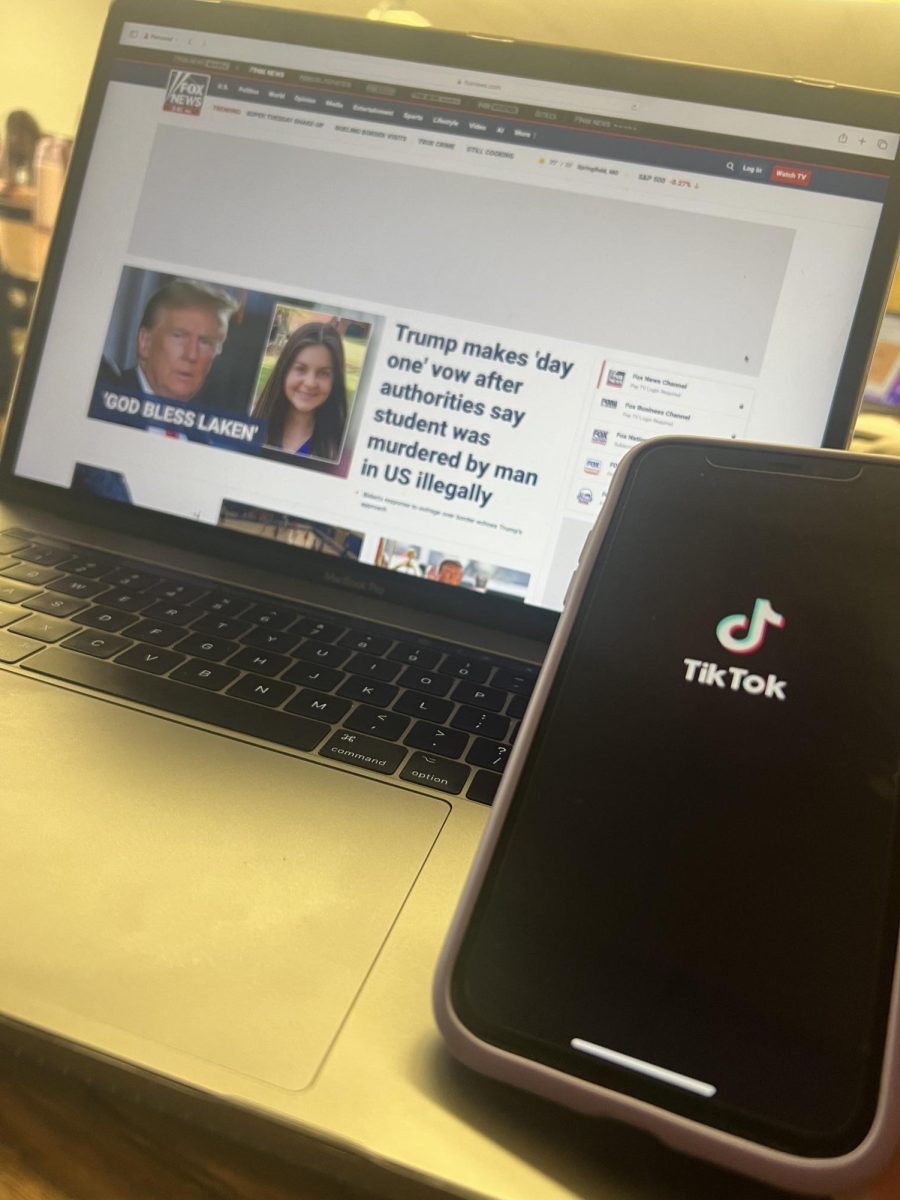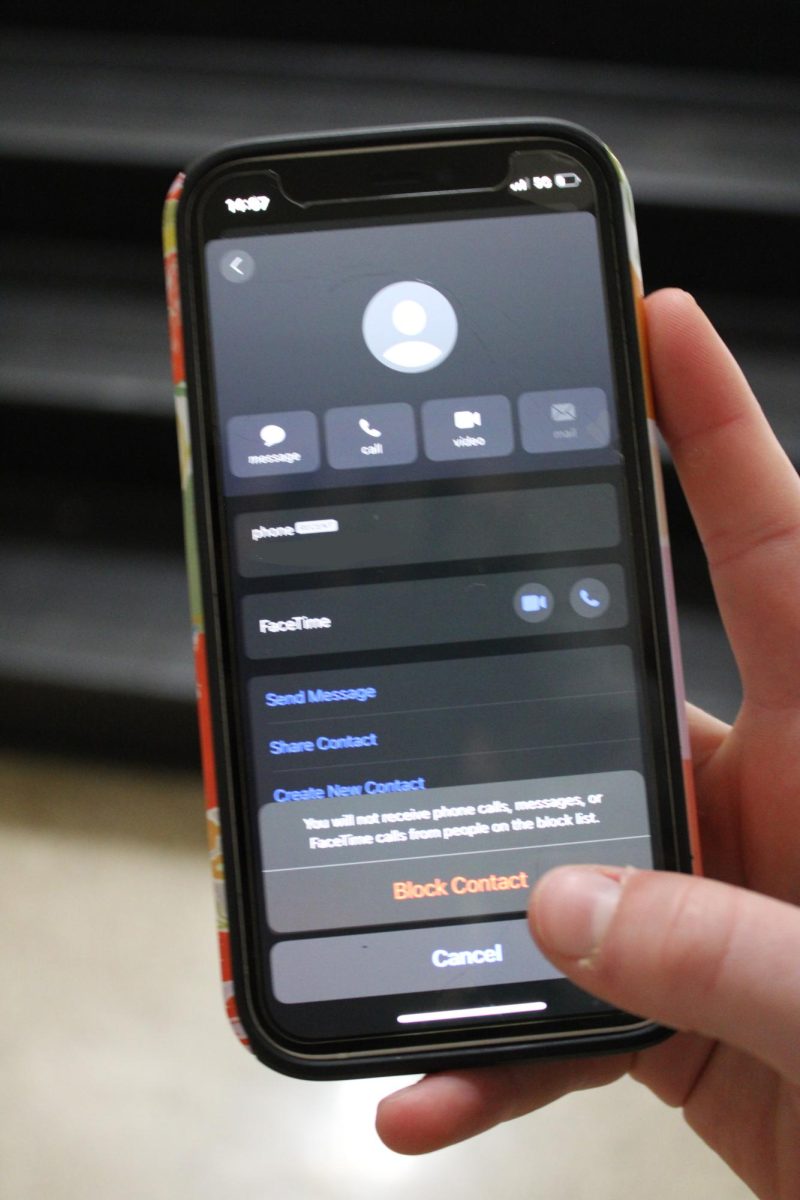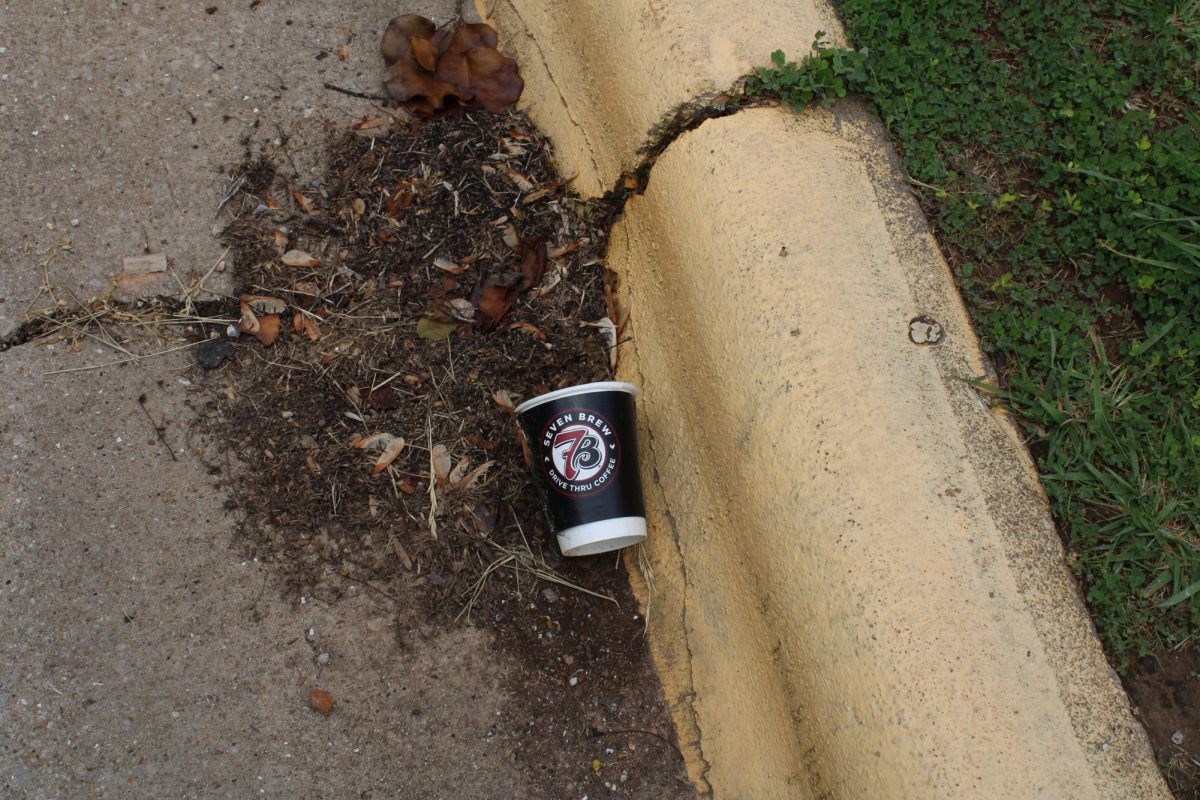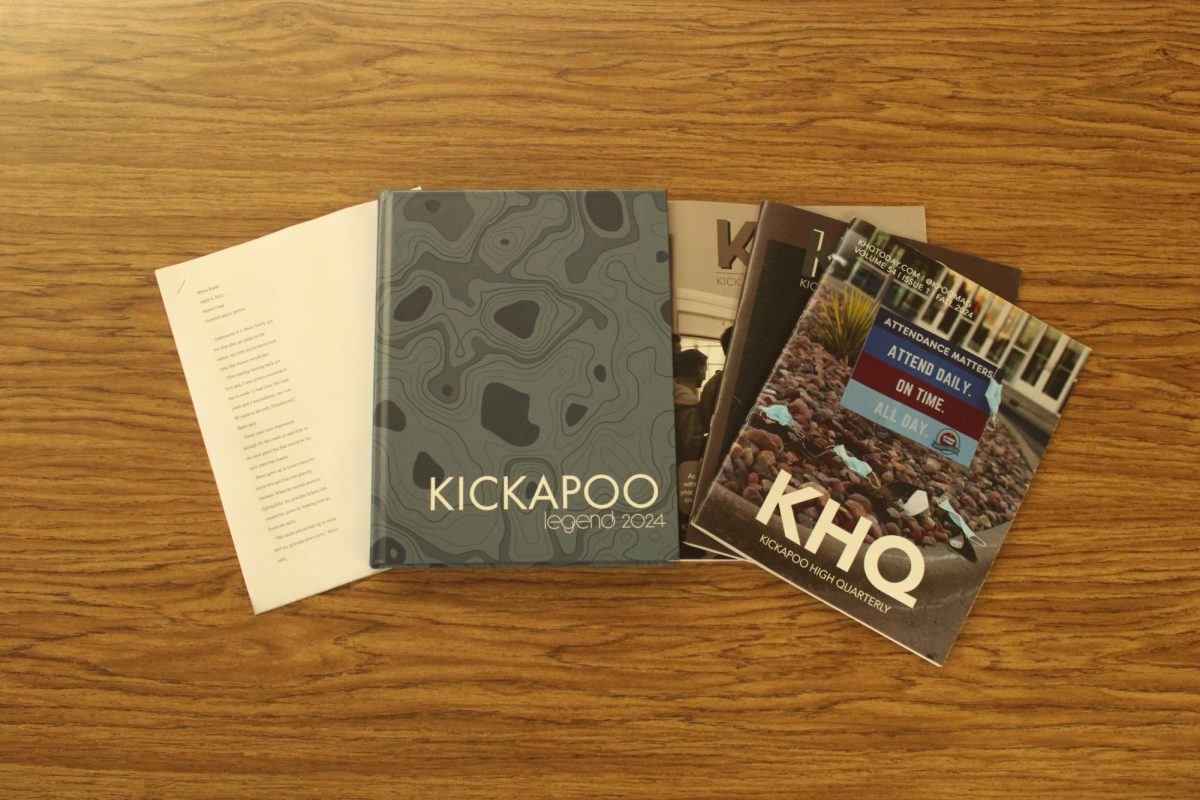Our nation is currently experiencing a political and social division that has not been seen since the Civil War. Instead of being a place for insight and education, social media has become the forefront for spreading hate and misinformation.
Widespread internet use, excessive propaganda, and misleading information have become ordinary in our society. Most social media users know the concept of fake news, but most don’t know how to efficiently and effectively identify it. According to the University of Maine, around 92 percent of all internet users utilize social media in some form.
The conditions of our substantial use of social media call for adjustments and adaptations in our schooling systems.
Media literacy is a proposed idea that assists social media users in determining the difference between what is credible and what is misinformation. Not only would media literacy prevent the spread of misinformation and deception, but it would also encourage connectivity and prevent social and political polarization by bringing people together through knowledge.
Social media algorithms determine which media to recommend for a specific user to increase engagement. This can create an echo chamber, defined by algorithms that reinforce opinions by repeatedly showing content a particular person is interested in or interacts with the most. An echo chamber is typically a group of people who share the same beliefs and continue to spread their opinions and misinformation to whoever it will appeal to.
Social media platforms may also use misinformation or bias to market their media to a target audience to gain exposure and revenue.
I often struggle with determining which news sources are credible and trustworthy and which are spreading misinformation. I know many of my friends retrieve all of their news through social media, and it is crucial to have the ability to recognize red flags in the media we consume.
A study done by Stanford University discovered that high school students demonstrated a near-total inability to determine what is fake news on the internet. Students were given an anonymously produced video on Facebook claiming to show ballot stuffing during Democratic primary elections and asked if it provided clear evidence of voter fraud. Less than 0.1 percent of students were able to determine that the video showed footage of voter fraud in Russia.
The study’s lead author stated that this should be troubling to anyone who cares about the future of democracy and that we must train students to be better information consumers.
“I most definitely think I am susceptible to fake news because I get all of my news from TikTok,” Junior Tyce Nash said.
According to the Pew Research Center, 67 percent of teens have used TikTok at least once. The New York Times additionally claims that fake news stories are starting to warp the reality on TikTok.
Social media plays a vast role in almost every student’s life. Learning how to navigate and think critically about the media we consume is crucial to the survival of our democracy. We would all benefit from the knowledge a media literacy class could provide.
